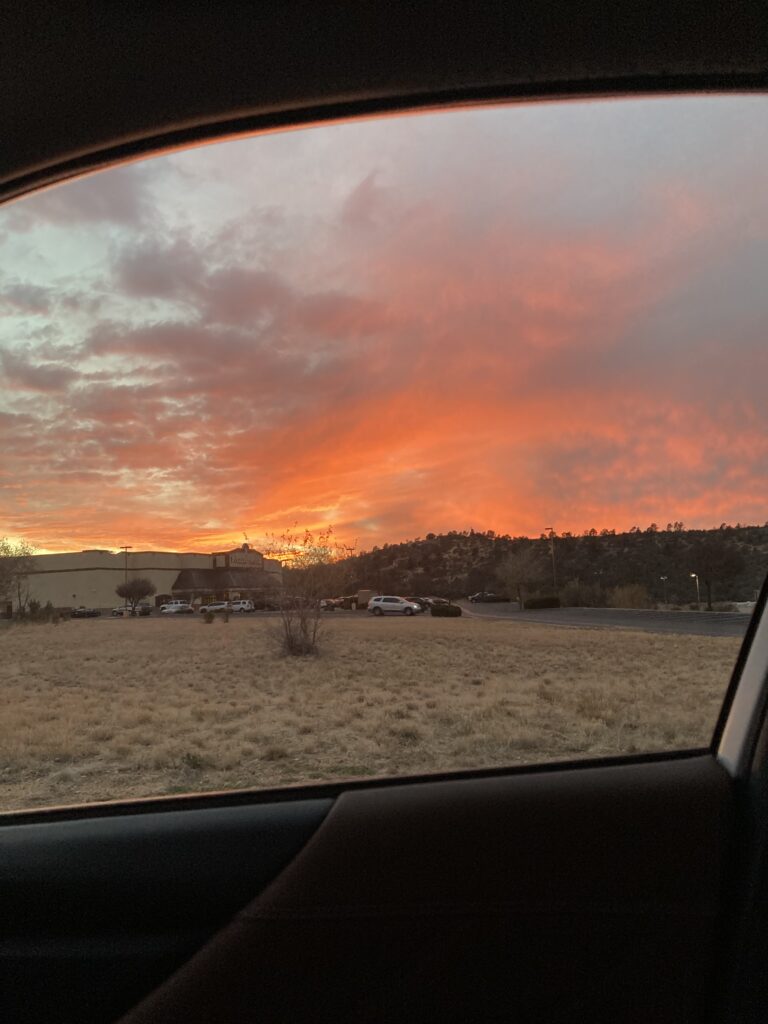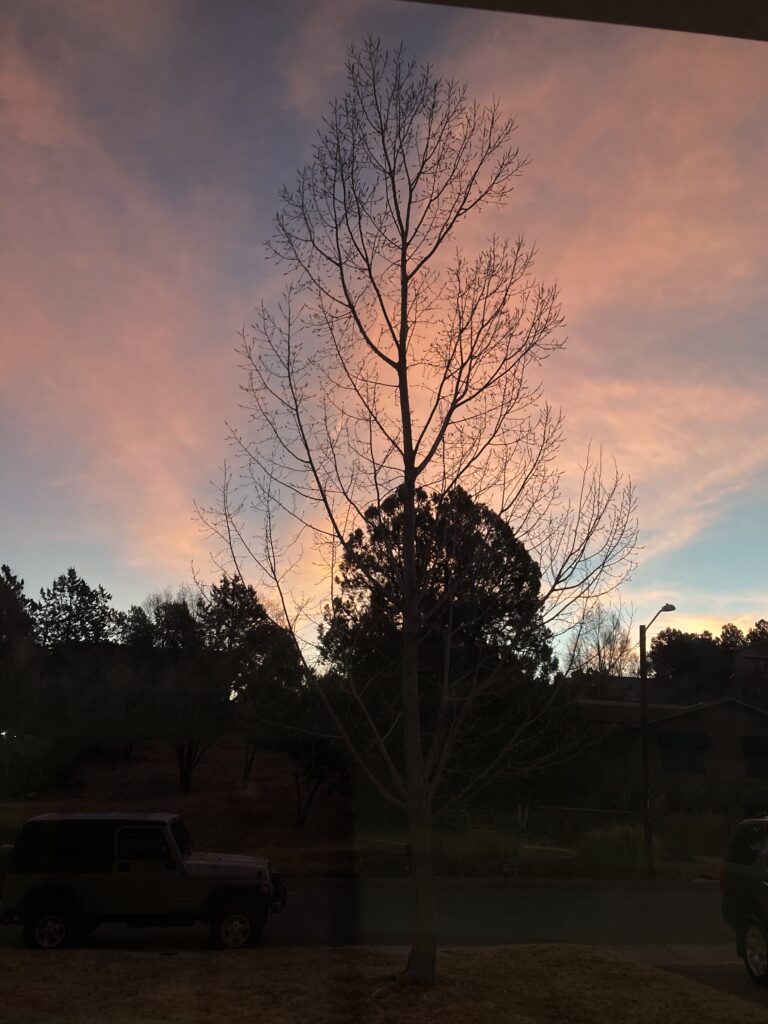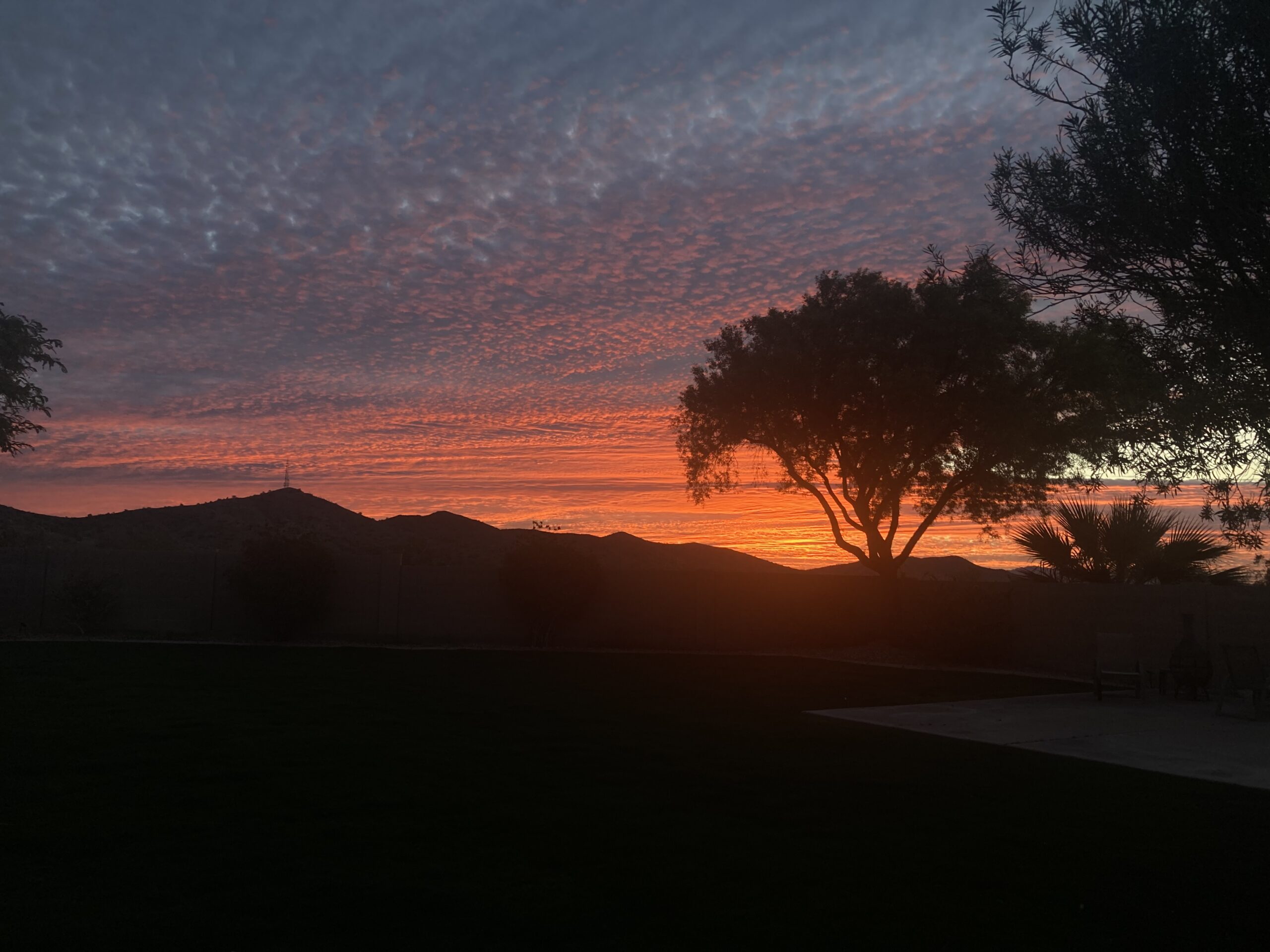Arizona is known for many signature features. Some of which that are the most notable to the avid tourist (and even for the natives) include the saguaro cacti, the desert landscape, numerous rock formations-most notably the Grand Canyon and Sedona, and yes, even AriZona Tea. However, there is one additional element to Arizona that never fails to take your breath away. Can you guess it? It would be Arizona’s jaw dropping sunrises and sunsets.
This phenomenal occurrence seems to happen year around, no matter the season. Granted, there are certain times when the sunset takes on a more vivid and bright appearance. What’s so amazing about these sky displays is the fact that there are vast amounts of colors that dance across the clouds. Such colors can be oranges, reds, pinks, purples, and yellows-all of varying degrees. So what is it exactly that makes Arizona sunrises/sunsets so beautiful? How does it work?
Some of the main contributors that affect these pieces of sky art come down to the way that light refracts in the atmosphere and the geographical elements of Arizona as a whole. Sunlight is composed of a spectrum that contains all colors of the rainbow. Blue and violet have the shortest wavelength compared to the other colors, which means they are scattered across the sky’s particles (nitrogen, oxygen, etc) in midday the easiest. Since humans have a higher sensitivity to the color blue, we perceive the sky as blue, not violet. However, at sunrise and sunset, the sun’s light has to travel 10 times the distance through the atmosphere in order to make it to our eyes. In turn, colors with longer wavelengths make an appearance such as red, orange, and yellow.
Arizona has the perfect environmental conditions for these displays due to the dry climate and high, wispy clouds. When colors scatter less amongst the particles in the sky, it allows for a potent array of colors to emerge. Such conditions are seen with drier climates, as wetter climates increase the particle’s movement among the sky, making it more murkier in appearance. Clouds that are wispy in nature and high in altitude allow these colors to flow through them more easily; wispy clouds have less sustenance that the colors need to break through and the colors reach the highest of clouds first. Some examples of Arizona sunrises/sunsets showing this more scientific explanation can be shown in the pictures provided.








No comments! Be the first commenter?